|
Vyhledávání
Katalog produktů
Anketa
Napište nám
|
|
Přihlášení
Naposledy aktualizované
|
1.
|
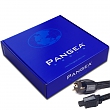
11 200 Kč
|
|
2.
|

6 390 Kč
|
|
3.
|

5 190 Kč
|
|
4.
|

4 190 Kč
|
|
5.
|

3 590 Kč
|
|
6.
|
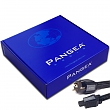
8 390 Kč
|
|
7.
|
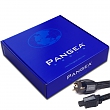
6 990 Kč
|
|
8.
|
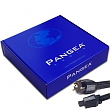
5 590 Kč
|
Nejnavštěvovanější
|
1.
|
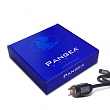
2 290 Kč
|
|
2.
|

5 190 Kč
|
|
3.
|
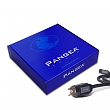
1 690 Kč
|
|
4.
|

4 190 Kč
|
|
5.
|

5 500 Kč
|
|
6.
|

3 590 Kč
|
|
7.
|

8 390 Kč
|
|
8.
|

6 990 Kč
|
|















